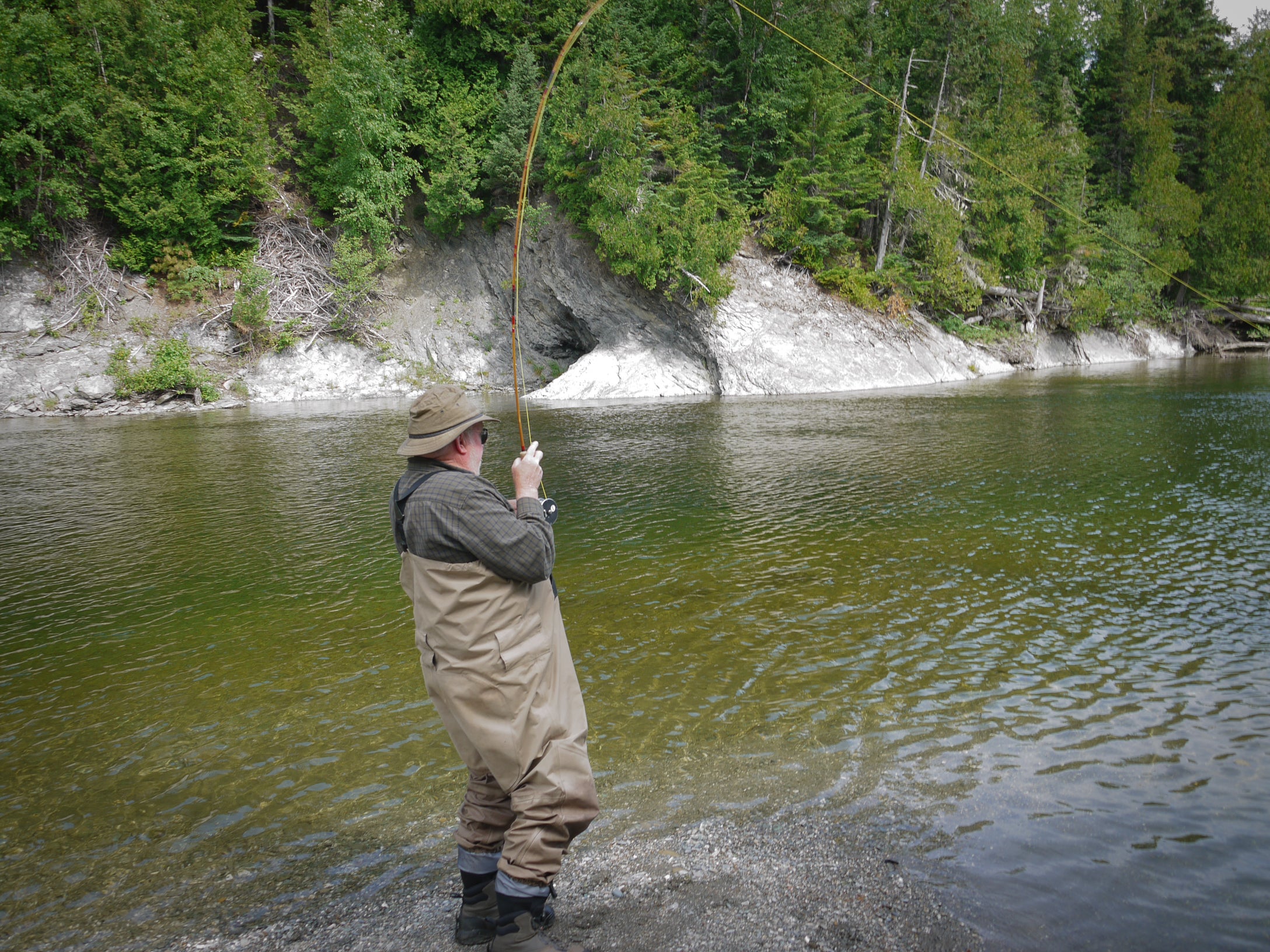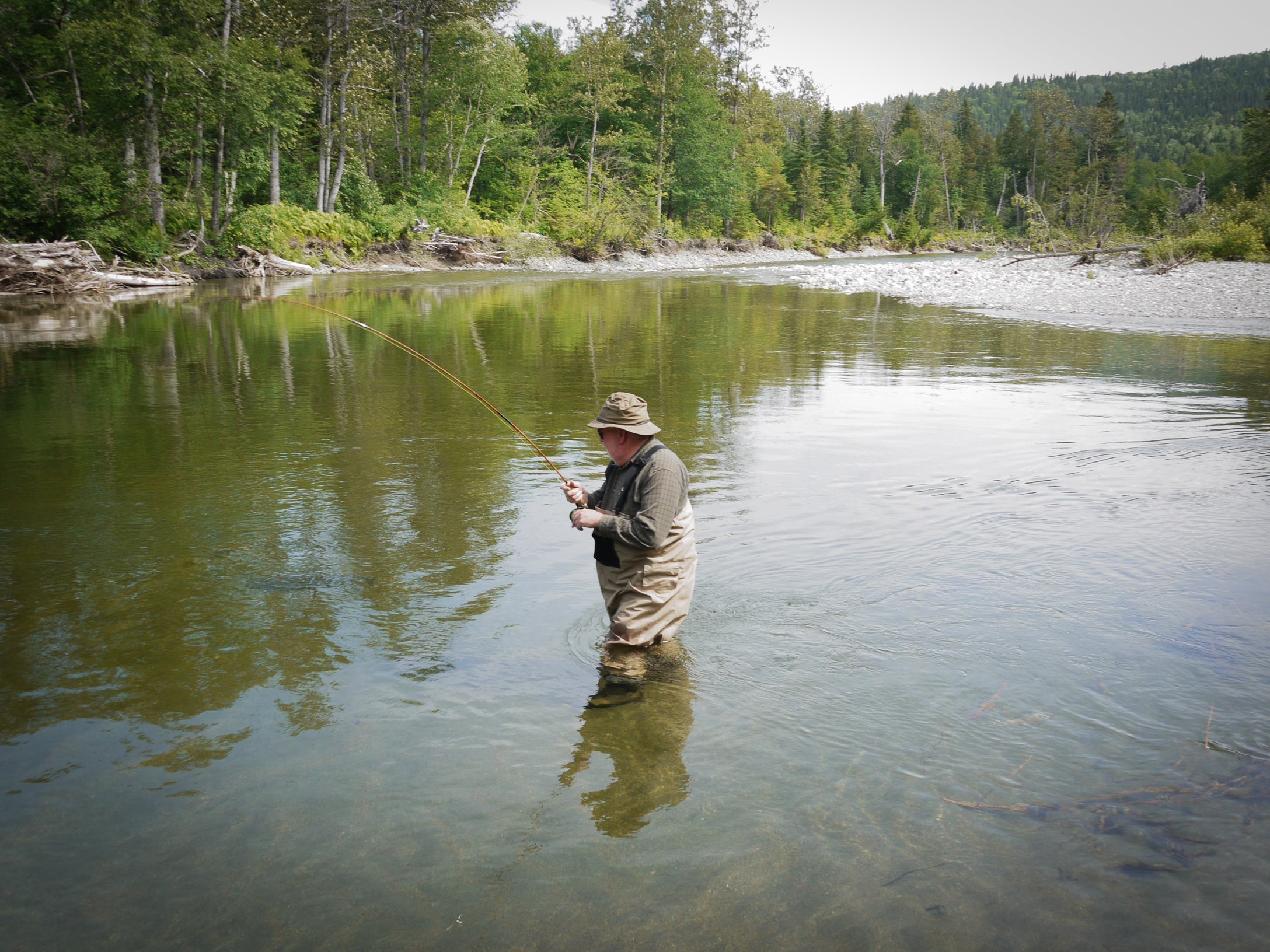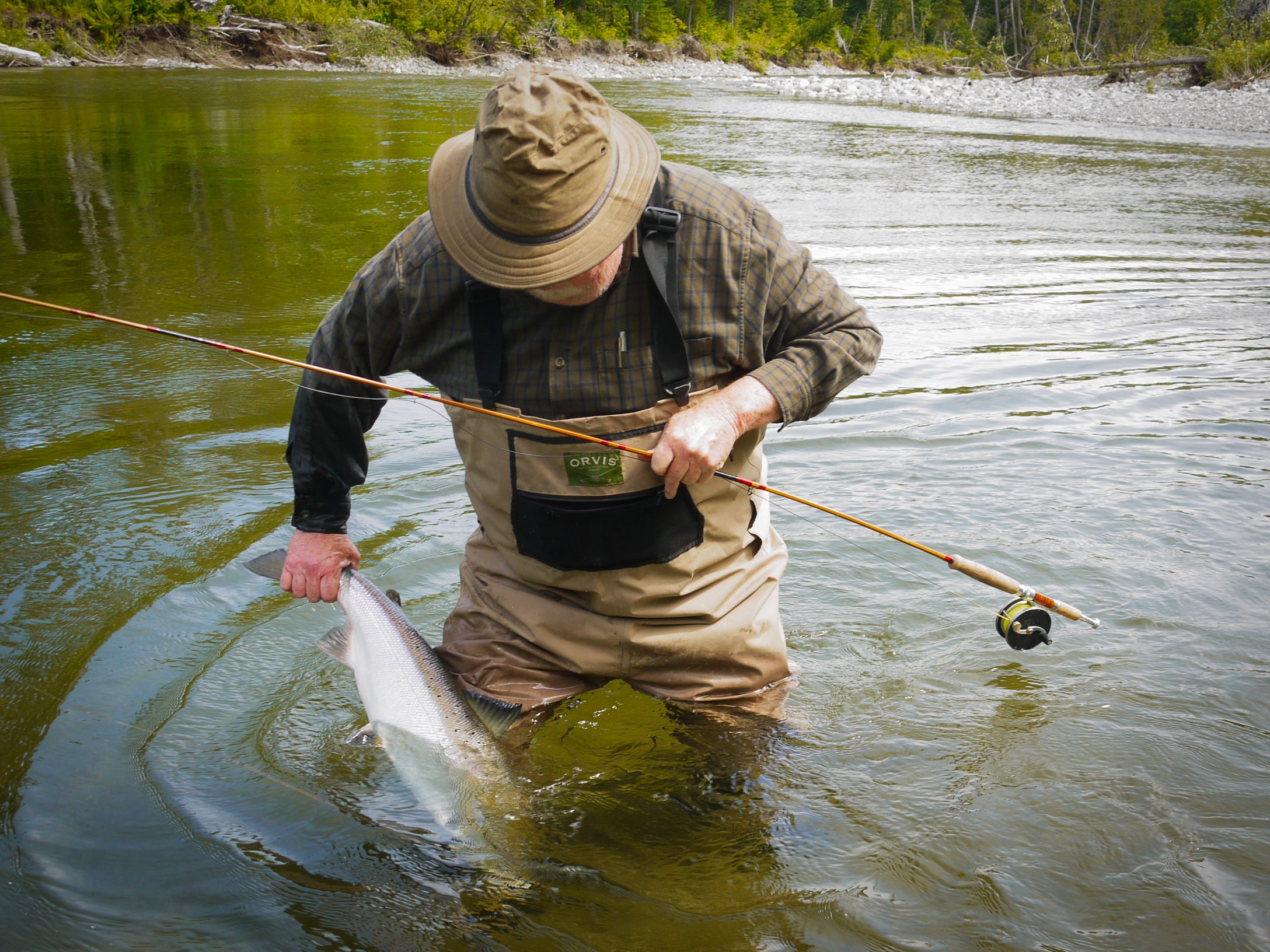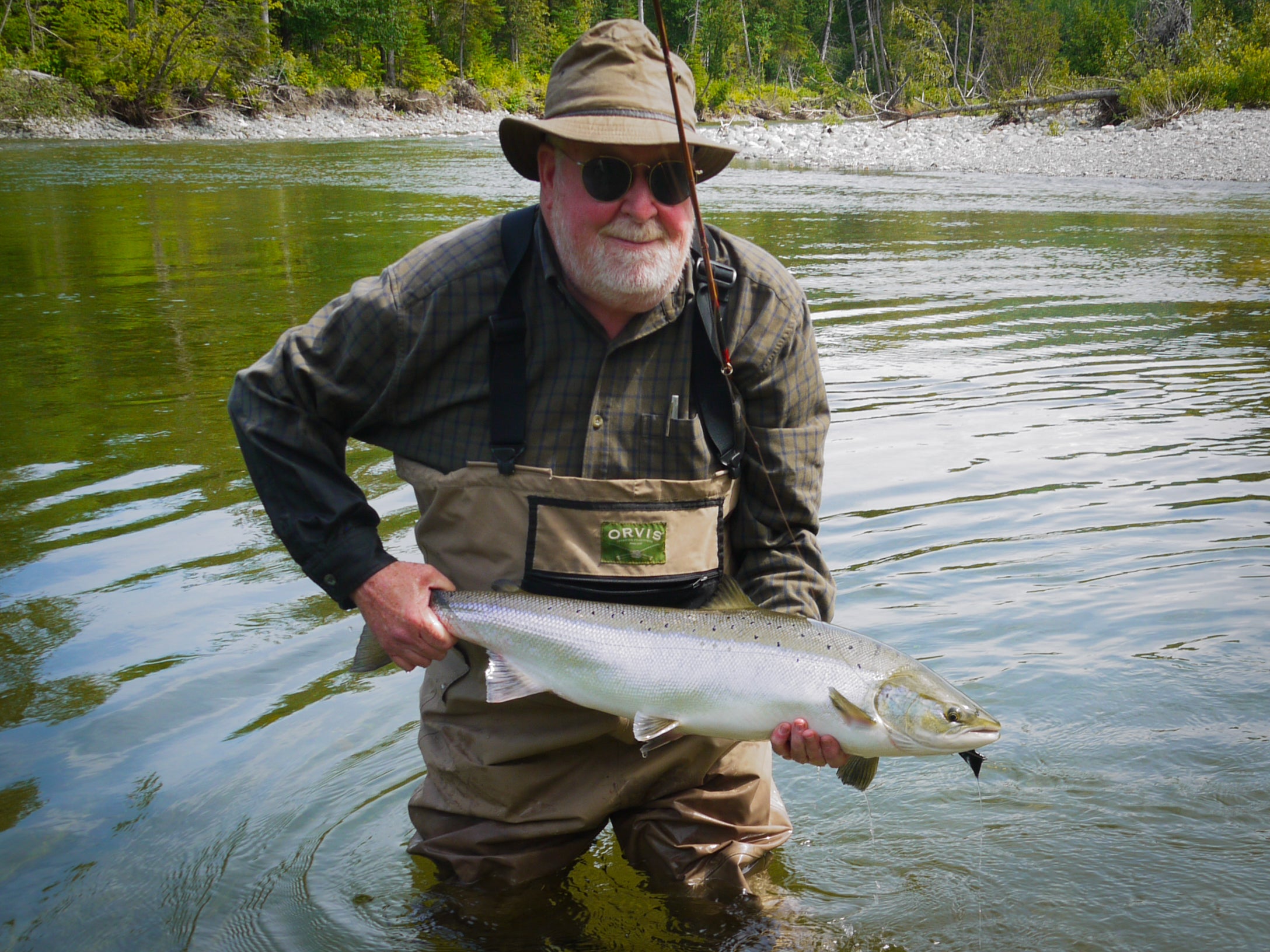Your Cart is Empty
Menu
-
- New Arrivals
- Sale Tackle
- Want To Buy
- Rods In Stock
- Reels In Stock
- Other Tackle
- Our Rods
-
One of our longstanding rod models with classic cane color and a slightly more moderate action.
-
One of our most recognizable rod models with a deep flamed color and crisper action.
-
These are our limited edition models, only released every few years.
-
A lot goes into crafting a bamboo fly rod and here you can learn more about our approach.
-
- Our Story
- Resources
- Sell Tackle
-
- Contact Us
- Join Our Email List
- 413-773-9920
- Login

0
Your Cart is Empty









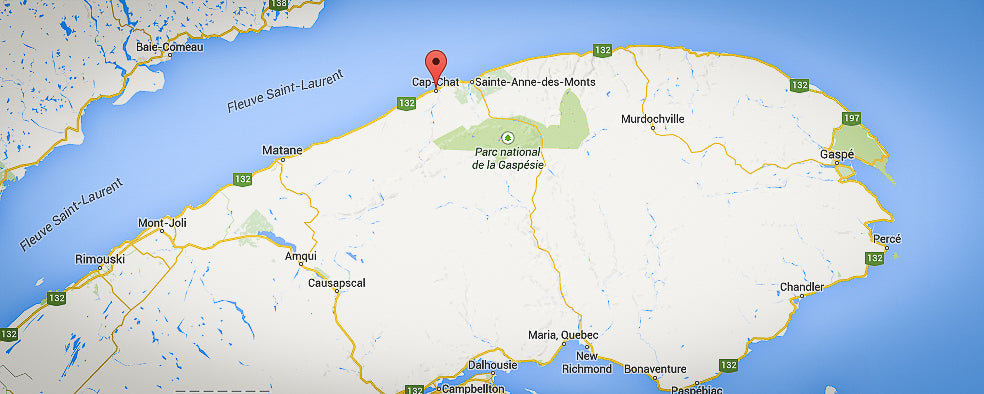 It wasn’t my first time. I had been lucky enough to fish for Gaspe atlantic salmon on several other occasions, all of which — come to think of it — had occurred when a last-minute slot had opened up and would have gone to waste otherwise. One could do a lot worse than rodmaking as a profession but it generally doesn’t afford the resources that such trips require. Fortunately, it often does afford a sense of comraderie and when something good opens up, your name sometimes bubbles up to the surface somewhere as someone who might enjoy it. And I take a backseat to no one when it comes to enjoying salmon fishing.
It wasn’t my first time. I had been lucky enough to fish for Gaspe atlantic salmon on several other occasions, all of which — come to think of it — had occurred when a last-minute slot had opened up and would have gone to waste otherwise. One could do a lot worse than rodmaking as a profession but it generally doesn’t afford the resources that such trips require. Fortunately, it often does afford a sense of comraderie and when something good opens up, your name sometimes bubbles up to the surface somewhere as someone who might enjoy it. And I take a backseat to no one when it comes to enjoying salmon fishing.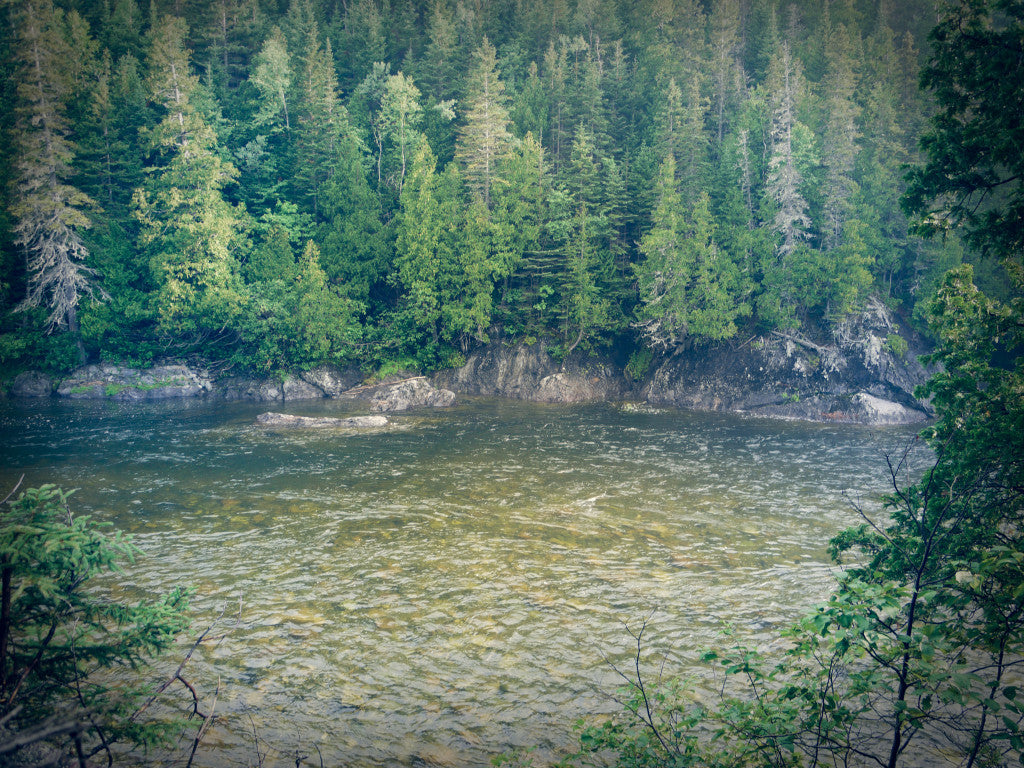
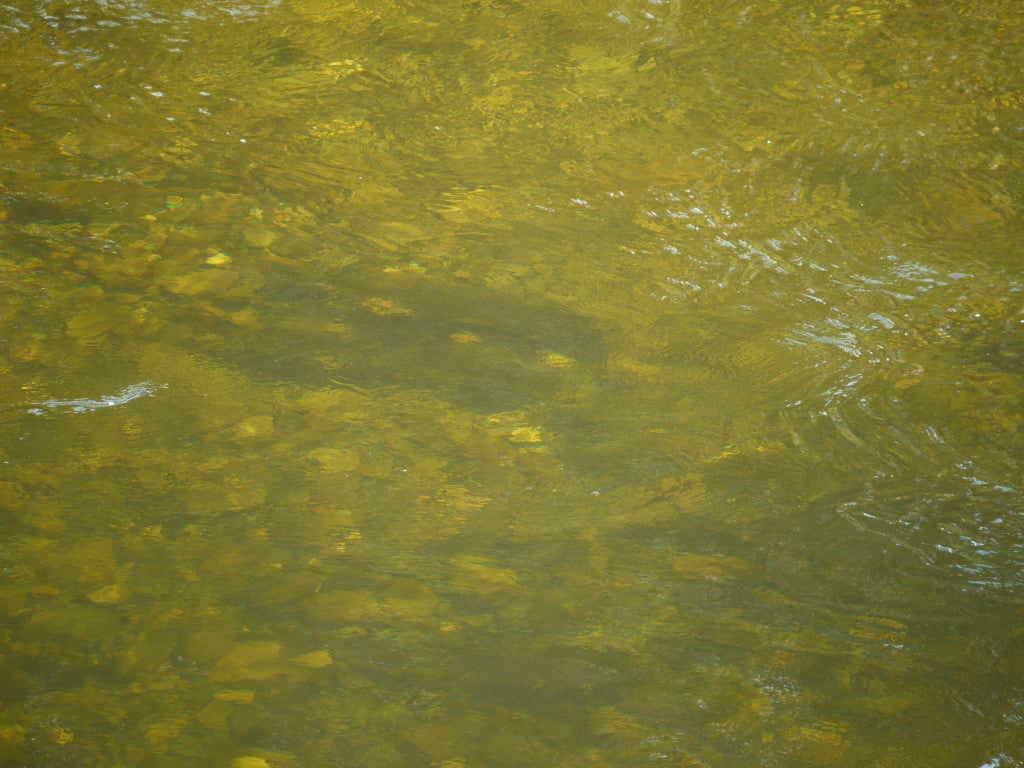
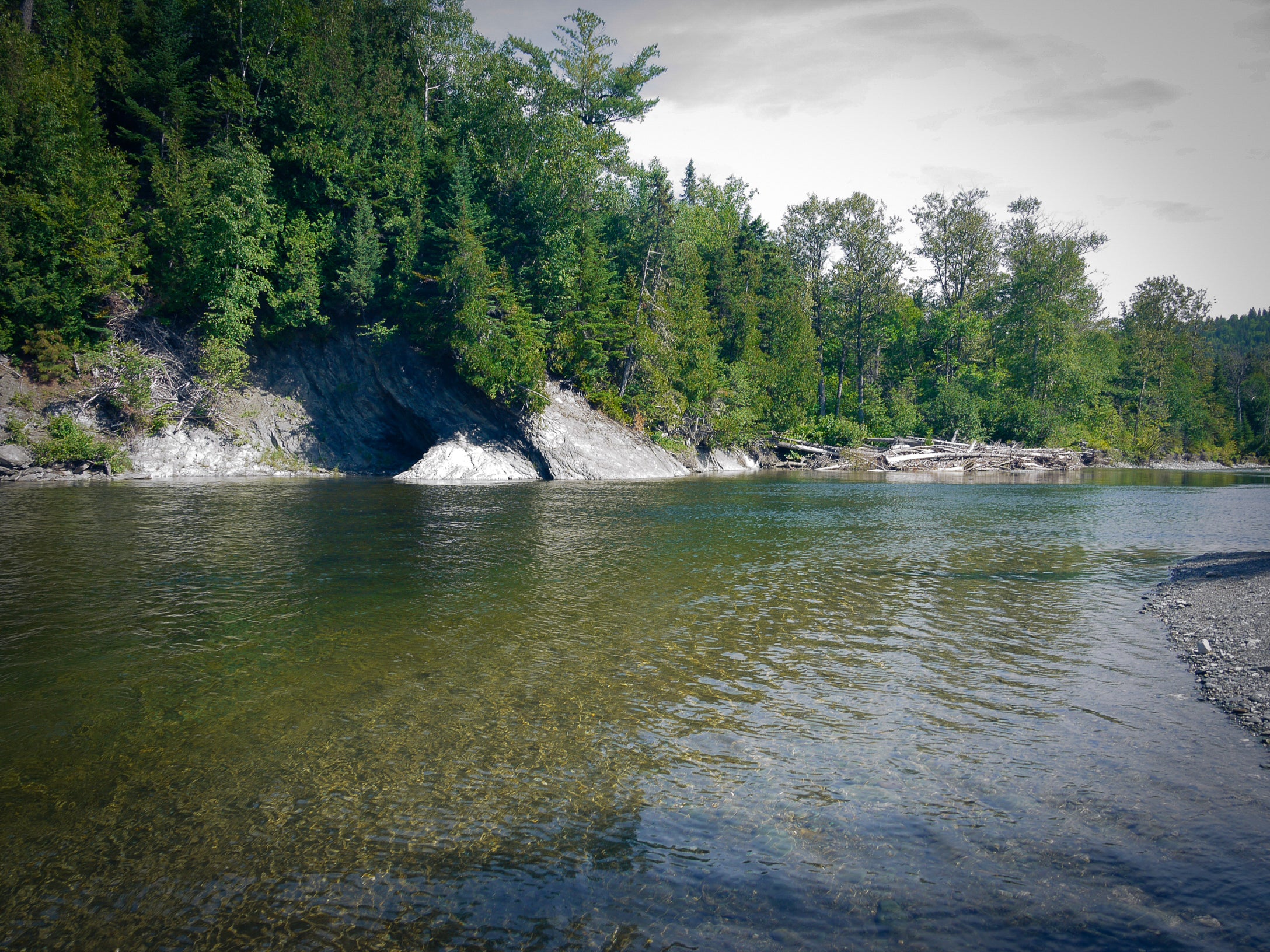
 My general approach to salmon fishing is a simple one – make sure the fly spends as much time in the water as possible, that the swings are slow and methodical, and that I’m fishing where the fish are (I’ve also previously written about my thoughts on designing good
My general approach to salmon fishing is a simple one – make sure the fly spends as much time in the water as possible, that the swings are slow and methodical, and that I’m fishing where the fish are (I’ve also previously written about my thoughts on designing good 